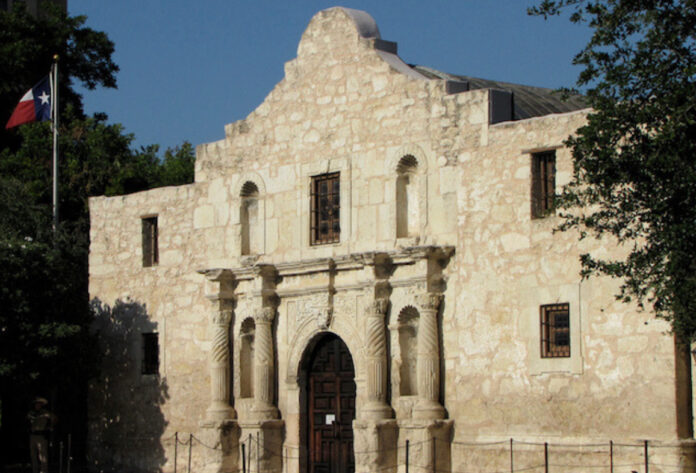The Shame at the Alamo: Mulattos Owned Black Slaves
The Haitian Revolution eventually lead to complete liberation from the dictator Napoleon and French racist colonialism. The complete removal of white supremacy from Haiti took place in 1804 with the defeat of the French led by the Black general Toussaint L’Ouverture. This revolt represented the largest slave uprising against white supremacy and slavery in the world, but some bad things resulted as well. Mulattos, part French and part Black often as a result of rape, fought with the French to defeat the darker skinned Haitians. The interesting part is that many of these Mulatto people escaped to Louisiana and other places and ended up being slave owners themselves. The term “mulatto” is Spanish and not French and means that people of mixed ancestry would be called mules—mulatto means mule or jack ass, a term given by the Spanish to the French. It is a racist term that would be used for centuries. San Antonio political boss Charles Bellinger was considered a “mulatto.”
Unknown too many is the fact that Mulattos were slave owners in various parts of the country and were given privileges such as owning slaves. Unfortunately, artists were suckered punched into creating a statue of Hendrick Arnold at the Alamo. Arnold was a Mulatto slave owner who sold his own daughter into slavery. This is the reason Texas slave owners honored him as he fought with the Texas slave owners to defeat Mexico. Hendrick Arnold should not be honored for he sold out to Texas Alamo and San Jacinto White slave owners. When slave owners honored Blacks there was always an ulterior motive. They wanted to make the world think that Blacks freely supported their savage system of slavery. Using Black faces is an old attempt to provide legitimacy to a racist regime or campaign. “Blacks for Trump” is a modern day racist scam used to fool voters and the dim witted.
Free Blacks and Mulattos owned slaves. There were two main reasons for accepting the culture and institution of slavery. Some free Blacks and Mulattos became slave owners in order to free their own relatives at the expense of others, while other free Blacks and Mulattos accepted slavery purely for the profit of owning human beings. One should read the classic work about this subject in, “Black Slaveowners” (Koger, 1958, 1985). This research points out that one free Black named Auguste Donatto owned 70 Black slaves in the St. Landry Parish of Louisiana. In South Carolina the Denmark Vesey rebellion in 1822 was not just against White slave owners but against Black slave owners as well. South Carolina included Mulattos that escaped from the Haitian revolution and many became slave owners. It was Mulattos that turned Denmark Vesey in to the white authorities as they viewed Black rebellions as their economic ruin. The Mulatto elite married within their light skinned population and were considered “safe Negroes” by the Whites in much the same way Hendrick Arnold was considered a “safe Negro” by Alamo slave owners.
Dozens of Mulatto slave owners are listed in the 1830 Census and the number of slaves they owned and the amount of money they sold them for. Each federal census must be correlated with primary sources including tax returns, mortgage sales, newspaper clippings, and other documents. Most of the enslaved Blacks, not owned by Whites, were owned by Mulattos (over 83%) with a few being owned by Free Black men. This is how the racist South managed to get a few Blacks to fight for the Confederacy.






